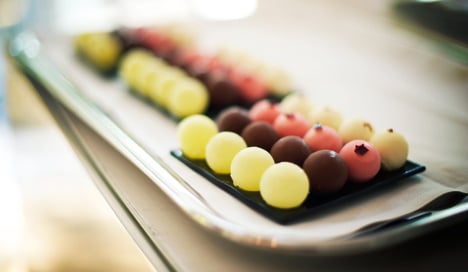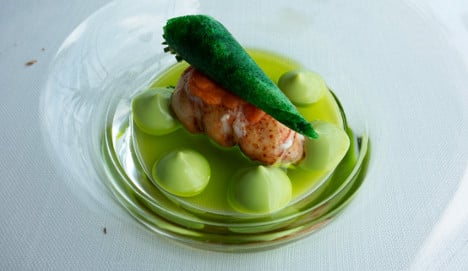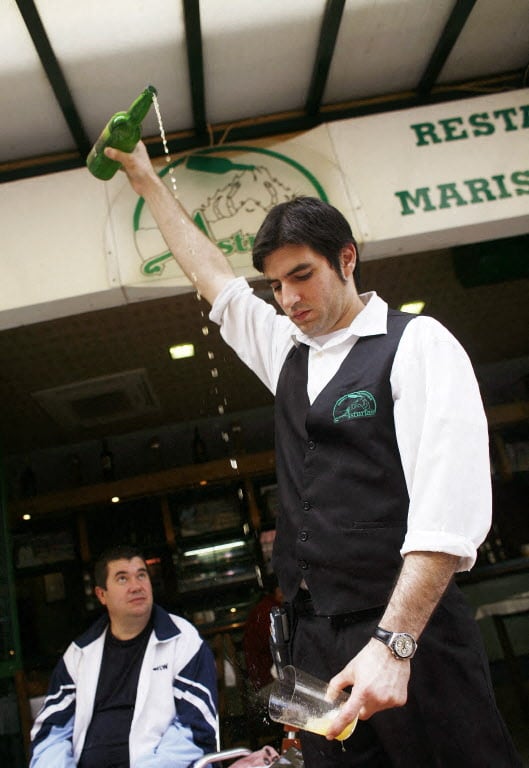The Opinionated About Dining rating released this week was based on more than 160,000 reviews from 4,500 people who took a survey.
The top rating went to Basque restaurant Azurmendi, located outside of Bilbao and led by chef Eneko Atxa.
"After debuting at number 19 – the highest new entry on our 2014 list – Eneko Atxa has accomplished what would appear to be the impossible and shot straight to the number 1 position," the rating said.
"[Azurmendi] includes not only a spectacular dining room offering views of the Basque countryside, but a complex series of gardens and greenhouses where Atxa raises as much of his own produce as he can."
Four of the top ten restaurants were in Spain with a total of 10 in the top 50.
At fifth place, Quique Dacosta Restaurante, led by its namesake chef in Alicante, features "culinary expressionism" as well as "modernist paella" and original creations like black truffle mocha.
"Not only is everything terrific, you can spend an entire weekend at Quique Dacosta's restaurant without ordering the same type of food twice," according to Opinionated About Dining.
Here are the top Spanish restaurants in the ranking
John O'Nolan / Flickr Creative Commons.





 Please whitelist us to continue reading.
Please whitelist us to continue reading.
Member comments